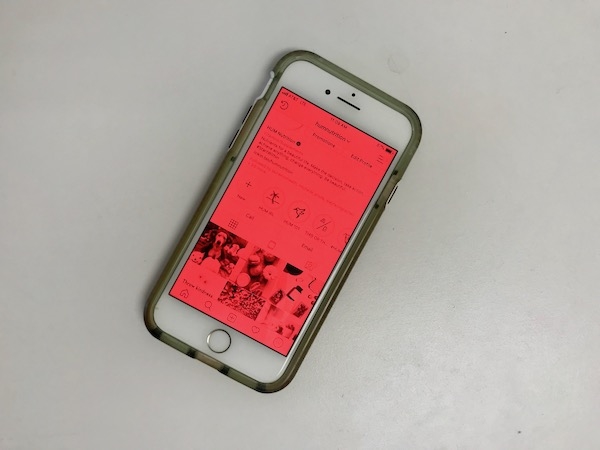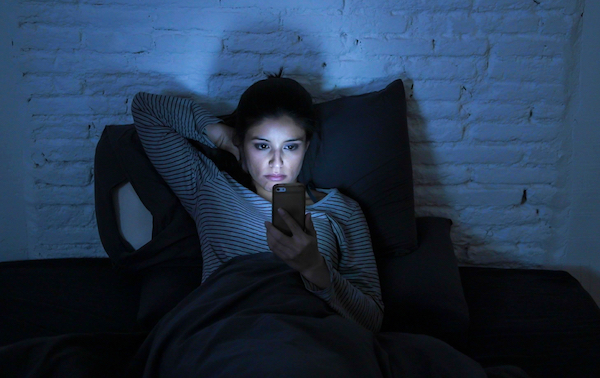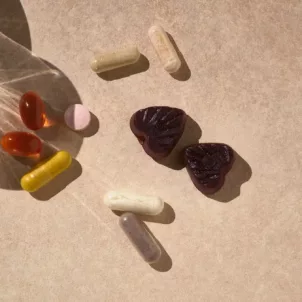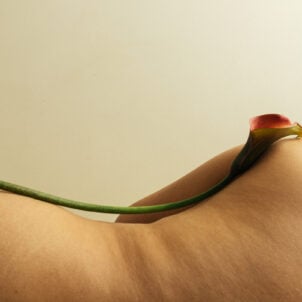Just in time for Daylight Savings.
Perhaps like me, you only have the vaguest memories of holding a prism in a science class and learning about how we see color. Well, it turns out some of that information can explain why staring at screens is disrupting our natural hormone cycle.




Basics of Blue Light
First, a little refresher on how light works. If you’ll recall from your prism lecture, visible light is actually made of spectrum of different-colored rays. When we isolate the individual color rays, we find that those on the red end of the spectrum have longer wavelengths. Conversely, those on the blue end of the spectrum have shorter wavelengths. Specifically, blue light has wavelengths ranging from 380-500 nanometers. Why are these facts important? The shorter wavelengths are more energetic and penetrate deeper into the eye than other wavelengths of light.Sources of Blue Light
It’s not that all blue light is always terrible. After all, sunlight is the original source of blue light! But it’s important to understand that we’re getting more exposure from less wholesome sources. More importantly, we’re getting it at unnatural times of the day. Your computer, phone, and television are all culprits, as is LED lighting. And with the allure of streaming websites and social media, most of us are ingesting blue light very late into the evening instead of from sunrise to sunset.How It Affects us
The main thing to know is that blue light disrupts your pineal gland. The pineal gland is an important part of your endocrine system that’s responsible for making melatonin. You’re probably familiar with melatonin as the sleep hormone. It’s in charge of modulating our natural sleep cycles. Because our brain associates blue light as sunlight, exposure to it suppresses the production of melatonin. On one hand, studies find that blue light can actually boost our alertness and attention. Consequently, lighting specialists began recommending using LED lights in classrooms for students with early start times. So why the panic? The adverse effect of all this alertness is disrupted sleep cycles. While any type of light at night will contribute to keeping you awake longer, it’s especially bad with blue light. In a Harvard study that compared blue-light exposure to green-light exposure at night, blue light suppressed melatonin for three hours instead of the hour and a half of green light. Then, the deeper penetration of blue-light wavelengths can impact the tissues and structures of the eye. The Review of Optometry reports that too much exposure can even increase your risk of macular degeneration, aka vision loss, in the retina.
via giphy
What to Do About It
Luckily, even electronic manufacturers are aware of the problem and offer features to combat the problem. Look for night-mode settings on your phone, computer, and even some websites. These settings will alter your screen to show a warmer orange light as opposed to the harsh bright blue light that simulates daylight and disrupts your melatonin production. While these settings are most crucial to use when the sun goes down, you might experiment with setting it to night mode full-time to see if your sleep quality improves even more. Or if you reallllly want to go overboard, you can adjust the color filters on your phone to remove blue light completely as I’ve done here. Stay tuned for reports back on whether this spooky-looking lighting improves my sleep quality.
More like this










